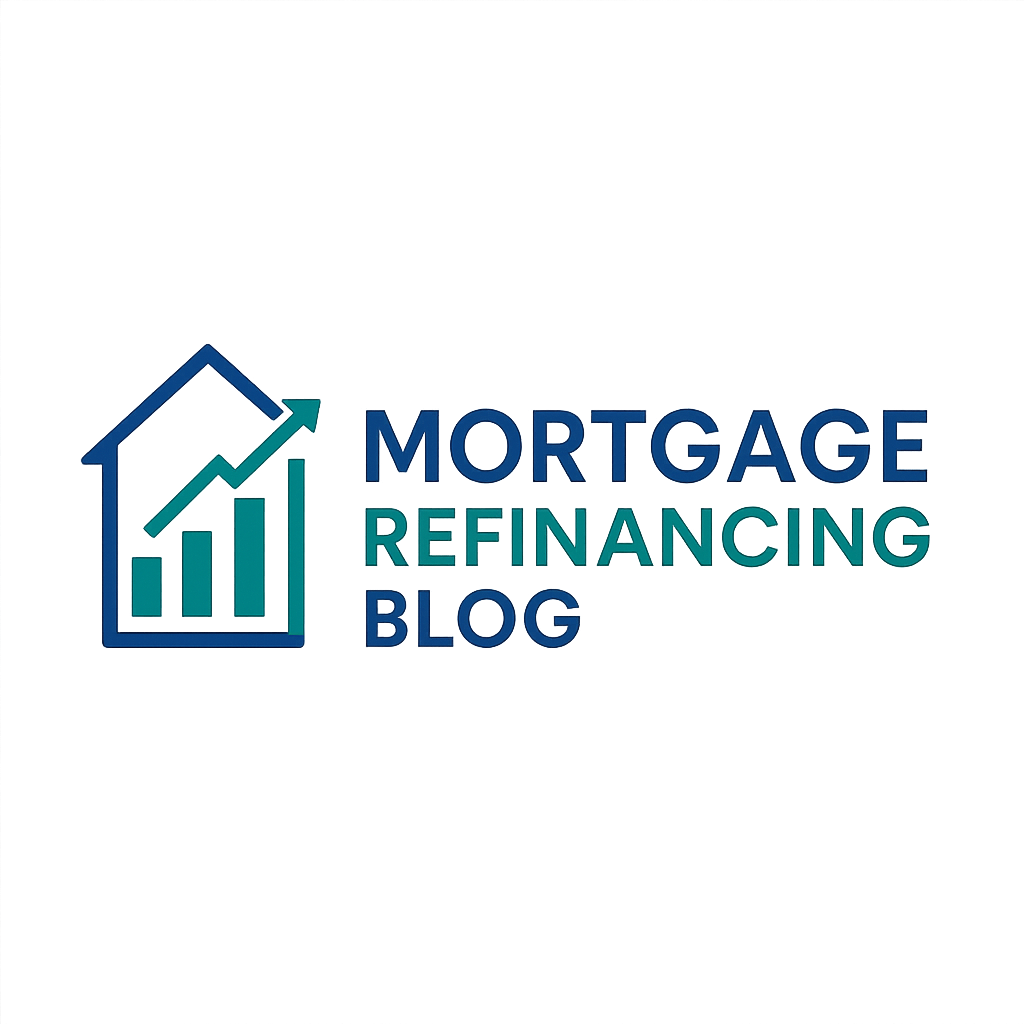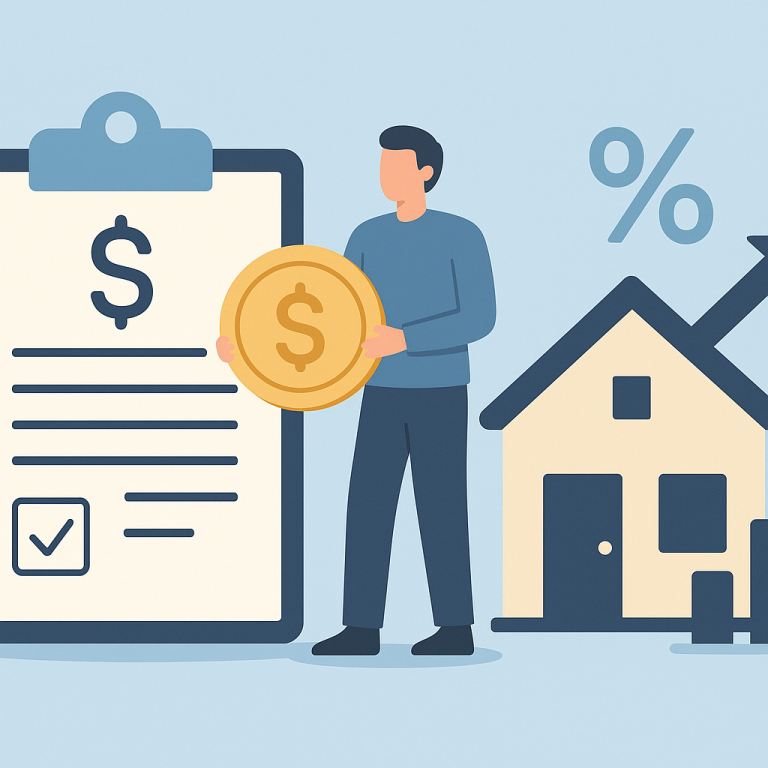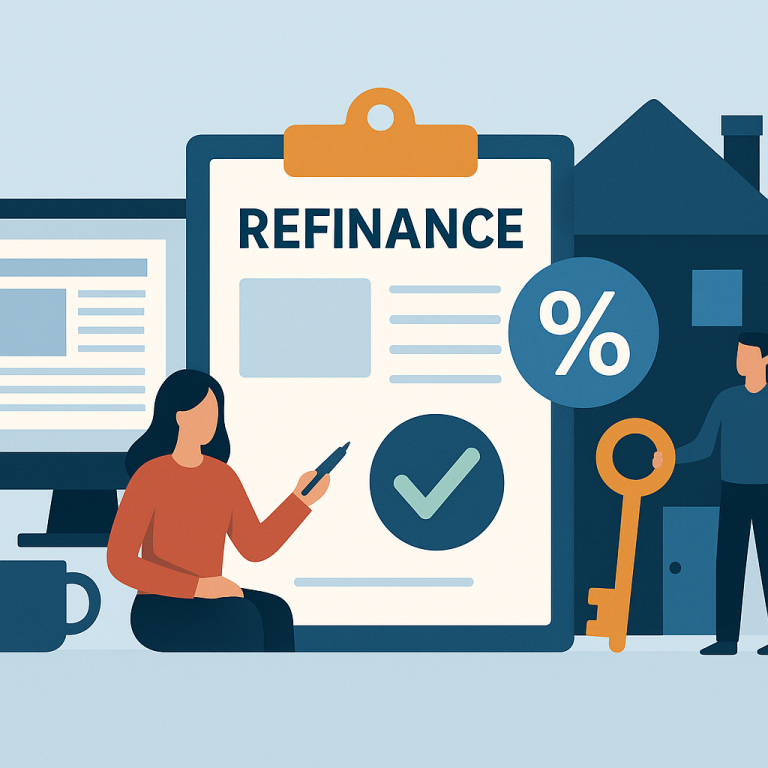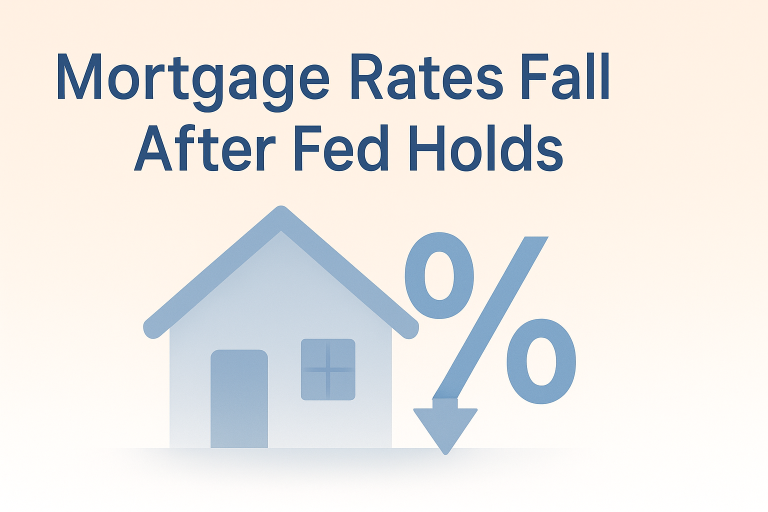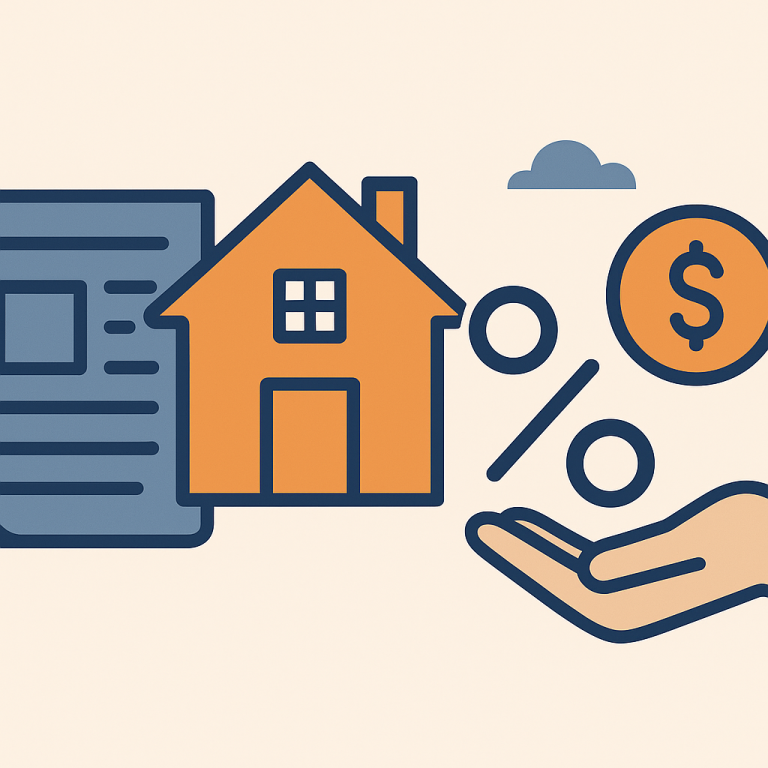Refinance guide refinance to remove FHA mortgage insurance
Refinance to Remove FHA Mortgage Insurance: What It Is and When It Makes Sense
FHA loans require mortgage insurance premiums (MIP) to protect the lender — an upfront fee (UFMIP) paid at closing and an annual MIP collected monthly. Removing FHA mortgage insurance typically means refinancing the FHA loan into a conventional loan that doesn’t require private mortgage insurance (PMI) because you have enough equity (usually 20% or more). Homeowners pursue this when they’ve built sufficient equity, improved their credit, or when market rates and loan terms make refinancing financially attractive.
When it makes sense
- You have at least 20% equity in your home (loan-to-value, or LTV, at or below 80%) based on a current appraisal or automated valuation.
- Your credit score and debt-to-income ratio qualify you for a conventional loan at a competitive rate.
- The monthly savings from removing MIP and/or securing a lower interest rate outweigh closing costs within a reasonable break-even period (commonly 2–5 years).
- You prefer the underwriting and terms of a conventional loan over FHA’s features (e.g., you no longer need FHA’s flexible credit allowances).
Benefits and Drawbacks
Benefits
- Eliminates monthly FHA mortgage insurance, often lowering your monthly payment significantly.
- May secure a lower interest rate, further reducing payments or shortening the payoff period.
- Switching to a conventional loan can reduce overall loan costs over time if you avoid PMI.
- Conventional loans can offer more refinancing or home equity options later.
Drawbacks
- Refinancing incurs closing costs (appraisal, title, lender fees) that may offset short-term savings.
- If you refinance into a longer-term loan, you might pay more interest over the life of the loan despite lower monthly payments.
- Conventional loans typically require higher credit scores and stricter debt-to-income limits than FHA loans.
- If you refinance too early, you may not recoup closing costs before moving or selling.
Costs and Fees
Typical costs when refinancing to remove FHA MIP include:
- Appraisal fee (usually $300–$700) to confirm current home value.
- Loan origination or underwriting fees (often 0.5%–1% of the loan amount).
- Title search and insurance (varies by state and lender).
- Credit report fees and escrow/closing costs.
- Prepaid items such as taxes and insurance escrows, and any recording fees.
Some lenders offer no-closing-cost refis, but those typically roll fees into the interest rate or loan balance, which can cost more over time. Also note the FHA UFMIP you paid at the original closing is non-refundable when you refinance — it cannot be recovered.
Step-by-Step Process to Refinance and Remove FHA MIP
- Confirm your equity: Estimate current home value and calculate LTV. You typically need LTV ≤ 80% to avoid PMI on a conventional loan.
- Check your credit and DTI: Pull your credit report and ensure your score and debt-to-income ratio meet conventional lender standards.
- Shop lenders and loan products: Compare rates, fees, and whether lenders offer “no PMI” options or lender-paid PMI (which may raise rates).
- Get preapproved: Submit documentation (pay stubs, tax returns, asset statements) to get preapproved for a conventional loan.
- Lock a rate and complete appraisal: Lock your interest rate and order an appraisal to confirm value and equity.
- Review Loan Estimate and closing disclosure: Compare estimated closing costs and final terms before closing.
- Close the loan: Sign documents, pay closing costs or roll them into the loan (if agreed), and the new lender pays off the FHA loan.
- Confirm MIP removal: Verify your new loan has no FHA MIP or PMI (or that PMI is removable once you reach 20% equity). Keep documentation for your records.
Common Pitfalls to Avoid
- Assuming appraisal value equals market value: If the appraisal comes in lower than expected, your LTV might be too high to qualify for PMI-free refinancing.
- Ignoring the break-even calculation: If closing costs take longer than you plan to stay in the home to recoup, refinancing may not make financial sense.
- Overlooking credit improvements: Refinancing with a marginal credit score can lead to higher rates that negate MIP savings — consider improving your score first.
- Refinancing into another FHA loan expecting to remove MIP: A new FHA loan will also carry MIP unless you refinance to a non-FHA product.
- Failing to shop lenders: Rates and fees vary; comparing multiple lenders can save thousands.
Short FAQ
Q: How much equity do I need to remove FHA mortgage insurance?
A: To refinance into a conventional loan without PMI, lenders generally require at least 20% equity (LTV ≤ 80%). Some lenders offer programs with higher LTVs but may charge PMI or higher rates.
Q: Can I remove FHA MIP without refinancing?
A: Not usually. FHA MIP can only be removed by paying off the loan or refinancing into a non-FHA (conventional) loan. Some older FHA loans (pre-2013 rules) may have MIP that ends after a specified term.
Q: Will I get a refund of the FHA upfront mortgage insurance (UFMIP) when I refinance?
No. The UFMIP paid at the original closing is non-refundable. Refinancing does not return that fee.
Q: How do I know refinancing is worth it?
Calculate the break-even period: divide total refinancing costs by the monthly savings from removing MIP and any lower interest rate. If your planned time in the home exceeds the break-even period, the refinance is more likely worthwhile.
Refinancing to remove FHA mortgage insurance can be a smart move when you’ve built sufficient equity and can access competitive conventional loan terms. Do the math, shop lenders, and avoid rushing the decision — a strategic refinance can lower payments and reduce long-term housing costs.
META: refinance-to-remove-FHA-mortgage-insurance; words=1000; keywords=FHA MIP remove refinance, FHA mortgage insurance removal, refinance to conventional, FHA to conventional refinance, mortgage insurance premiums
